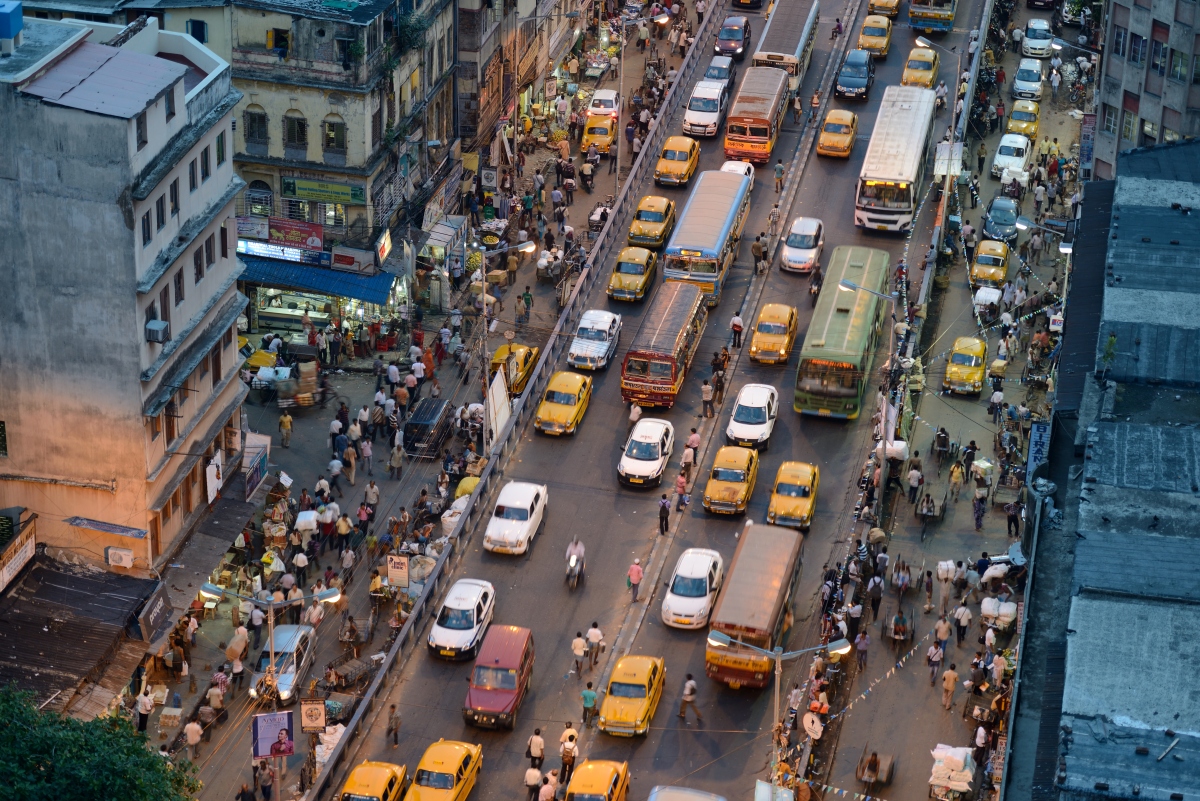South-western North America is experiencing a megadrought NASA Earth Observatory
South-western North America is deep in a drought, the likes of which hasn’t been seen there for more than 1000 years. While this is visible – and devastating – on the ground, images from space put the effects of the megadrought into stark relief, showing lakes receding into their beds, rivers drying up and mountains with unprecedentedly scant snowcaps.
The images displayed here were mostly taken from satellites launched specifically to provide data on how Earth’s surface changes over time. Many are from the Landsat programme, a joint endeavour between NASA and the US Geological Survey that has provided nearly 50 years of continuous imaging of the planet’s surface and helped researchers place this monumental drought in context.
The Colorado river
The Colorado river delta NASA/GSFC/MITI/ERSDAC/JAROS, and U.S./Japan ASTER Science Team
The image above is the Colorado river, which runs from northern Colorado to the Gulf of California – or at least, it once did. About 80 years ago, the river would have struck a blue line through this entire image, flowing from the top left to the mouth of the gulf at the bottom right. Now, though, the river comes to an end just south of the green farmlands towards the top of the image. The bluish-purple line that appears to continue on to the gulf is actually an inlet formed by water lapping inland from the gulf itself. The entire river basin spans about 8 per cent of the continental US and provides water for about 40 million people. Its slow drying is alarming for the American West and northern Mexico alike.
Colorado reconnected to the ocean
For a few short weeks in 2014, the Colorado river connected to the ocean once again NASA Earth Observatory
Very little of the water that remains in the Colorado river makes it to Mexico. But in 2014, for about two months, the city of San Luis Río Colorado in Mexico saw more than a trickle flowing through the riverbed. Mexican and US water and land-management agencies agreed to release 130 million cubic metres of water from the Morelos Dam at the US-Mexico border. This revived the river long enough for plants and animals to start returning to the areas that they had abandoned when the river dried up. For a few short weeks, the river even connected to the ocean before it began to dry and retreat once more.
Lake Mead
Lake Mead is at its lowest level since it was first filled NASA Earth Observatory
Conditions aren’t much better for the lakes fed by the Colorado river. Lake Mead, which is the largest reservoir in the US, is currently at its lowest water level since it was first filled in 1937. As of July 2022, it was full to just 27 per cent of its capacity. It hasn’t been anywhere near 100 per cent since 1999. The lake itself provides water for a huge swathe of the southern US and northern Mexico, and its water also provides power via the famous Hoover Dam – if water levels sink much more, the hydropower turbines there could stop working.
Lake Powell
Lake Powell is also at its lowest level since it was first filled NASA Earth Observatory
The second largest reservoir in the US, Lake Powell, is also fed by the Colorado river and is also at its lowest water level since it was initially filled. It is predicted to drop even more by the end of 2022. There are plans to send more water into Lake Powell from upstream and release less downstream into Lake Mead through April 2023, but it remains to be seen whether these plans will protect the water and power supply that comes from these two crucial reservoirs.
Cerro Prieto reservoir
The Cerro Prieto reservoir in northern Mexico is almost completely empty NASA Earth Observatory
It may sound like a broken record, but things are even more dire for smaller reservoirs like the Cerro Prieto reservoir, near Guadalupe in northern Mexico. As of July 2022, this reservoir contained only 0.5 per cent of its maximum water capacity – so little water that none could be extracted. Government organisations ended up having to redirect water away from industrial and agricultural applications just to make sure that people living in the surrounding areas had enough to get by.
The Great Salt Lake
The Great Salt Lake in Utah has also been affected by the megadrought NASA Earth Observatory
Even the Great Salt Lake in Utah, the biggest saline lake in the US, hasn’t escaped the effects of the astonishing drought. Nearly half of the lakebed is now exposed after huge and long-lasting drops in water levels. Because the Great Salt Lake is a closed basin – it sits at the end of three rivers and no water flows outwards from it – some of this decline in water level can be attributed to the water that once flowed into it being extracted and used, but the less snowmelt flows in through the rivers, the less water there is to extract or to fill the lake.
The lake is key to industry in the area, from tourism to mining and beyond. It is also a crucial ecosystem for migrating birds, and the dust in the lakebed can cause huge dust storms when exposed, so losing the Great Salt Lake could mark disaster for the surrounding area. There are potential plans to save it, but many are expensive and all require significant legislative backing, so it remains to be seen whether they will be put into place.
Mount Baker
The amount of snow on Mount Baker is decreasing NASA Earth Observatory
It’s not just the water that disappears in a drought; snow is a problem too. Much of the water that fills these lakes and rivers comes from melting snow in the mountains. Mount Baker, in Washington, is the highest peak in the North Cascades and has a permanent patch of snow and ice at its top that remains through all seasons. That patch is shrinking. The same is happening across all the mountains in the American West. There is less snow, the glaciers are retreating and less water is running downhill into the rivers and streams that keep people and wildlife hydrated all year round. It’s all connected, and it’s all drying up.
More on these topics:

























































